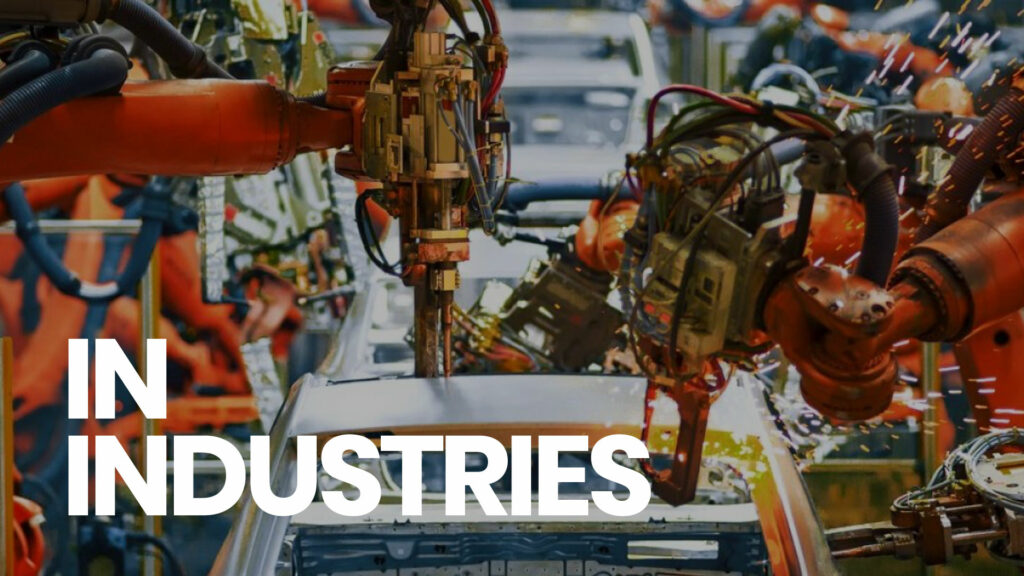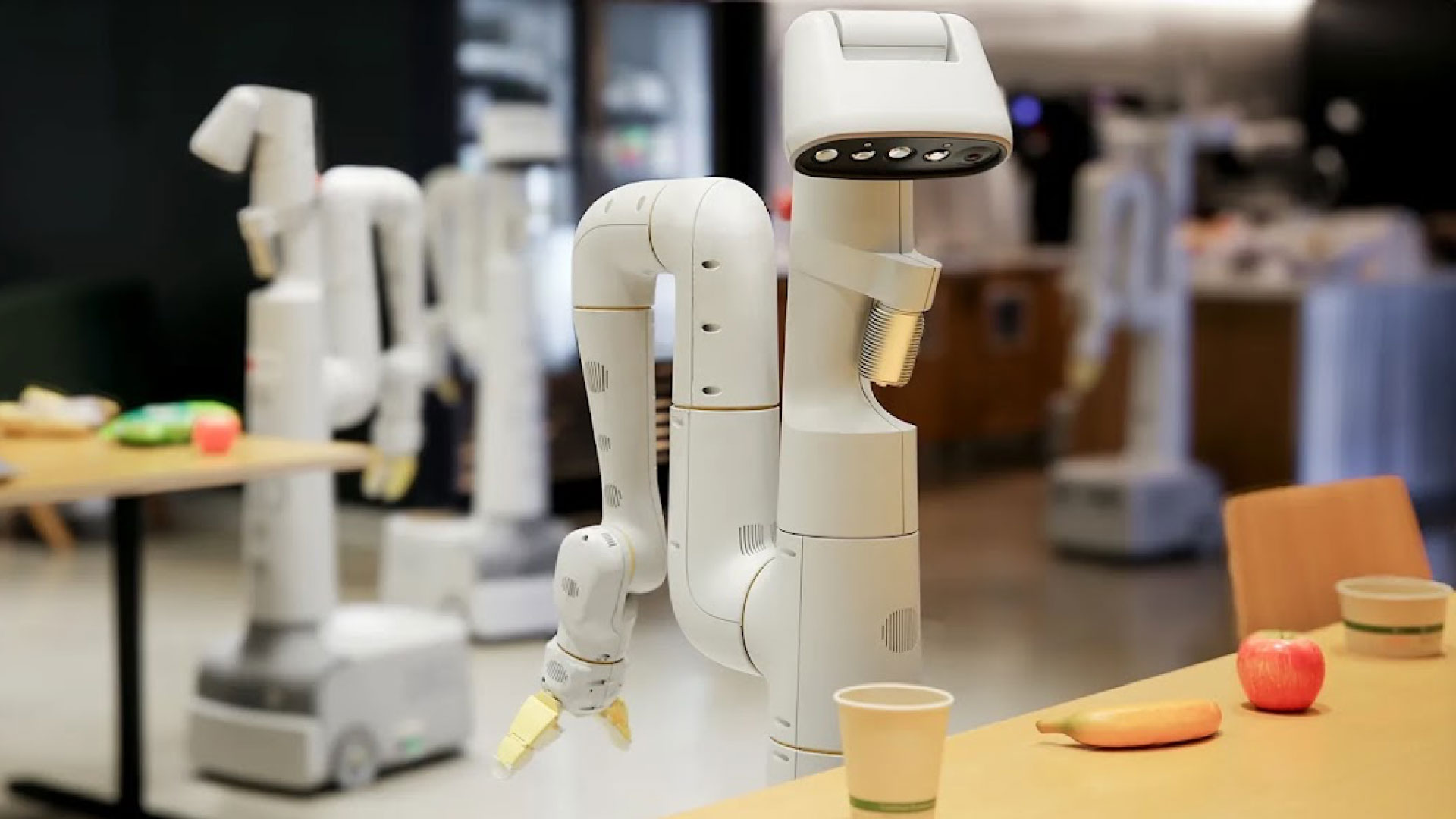Advances in Robotics and their Applications in various Industries
Introduction
Robotics is the most advanced branch of engineering that deals with the manufacturing and application of robots. This automated technology mainly decreases human labor and assists in complex tasks. The first programmable robot was patented in 1951 and in 2023, robotics reached a new peak. From mechanics to industries, from space exploration to integration with artificial intelligence, robotics is ever-evolving. With each new launch, more and more features are introduced. The World Robotics 2023 report has some interesting statistics to provide an overview of the application of robots in various industries. By 2023, the industrial robot market will increase by 7% and more than 590,000 units will be available worldwide. Among all, China takes the lead, followed by Japan, the European Union, and America. The robots are installed in various industries for their multipurpose manipulation, automation, and programmable attributes.
Following is a detailed discussion of various advancements in robotics and their application in various industries.
Advancement in Robotics
Robotics is a complicated field and it requires an interdisciplinary approach to study it properly. It brings together other fields like mechanics, management sciences, and mechatronics to have a deeper understanding of its functions. Advancement in robotics has brought about the fourth industrial revolution and has opened new avenues for technology.
Some of these innovations are observed as follows:
1. Human-robot collaboration
There is a threat related to robots that they will replace human jobs. This threat is addressed by research into the interaction between humans and robots. It is among the aims of scientists to develop a competitive machine working on the principles of the human mind. For this, HMI studies robotic systems and evaluates their manual function, sensing, and interaction with humans. This interaction can be divided into two categories: remote, in which the robot is operated at a distance and under supervision, and close interaction, in which the robot works as an assistant. Hence, human-robot interaction is important to establish to facilitate communion between them.
2. AI Robotics
Just as robotics is an advanced technology, AI serves the same purpose of assisting humans. Their integration will help open new avenues for technology. AI and robotics are similar fields as they are both operated manually and can be programmed as well. AI algorithms can lay the foundations for robotics by devising new techniques. Such techniques as Natural Language Processing (NLP) can assist in robotic speech to enhance the quality of communication. In the same pattern, robotics process automation (RPA) is amalgamated with AI software to undertake repetitive tasks. Hence, this collaboration between two artificial technologies has improved work tasks in many sectors like healthcare, agriculture, manufacturing, research, etc.

Applications of Robotics in Industries
Robotics has revolutionized the primitive idea of labor and tedious jobs. Many industries across the world and different fields have adapted to robot engineering. This inclusiveness of the latest technology has increased the pace of daily tasks and overall progress. Now, industries compete with each other to innovate their methods and produce effective products.
Some of the robotic novelties in various fields are assessed as follows:
1. Medical and health care
One of the most useful applications of robotics is in the field of medicine. The aim is to improve the health system, procedures, and life expectancy. New technologies, such as imaging sensors, surgical procedures, and rehabilitation, are assisted by robotics. In this respect, the da Vinci Surgical System is the most profound manipulator to help in surgical operations like debris removal, suction, and picking instruments. In addition to that, robotic arms are introduced for optimal grasping and transfer during procedures. Moreover, physical disabilities and mental incapacities are under consideration to further ease those with amputated limbs and dysfunctionalities. Dentistry can also adopt robotics in various operations like plaque removal and tooth and root canal operations to achieve greater precision. Hence, there is still more research and study required to diminish the limitations of robot technology and improve the experience.
2. Agriculture
Agriculture is the backbone of any country and it sustains the survival of mankind. The world is moving forward from traditional and less productive agricultural practices to modern ways of enhancing crop production. Robotics has brought two-way convenience to the food industry. The first is related to the manual aspect, which involves more automated tasks, i.e., packaging, delivery, and processing. The other one is related to farming and crop yielding. This aspect requires more specialized support and technology for planting, harvesting, and animal husbandry. The intensive labor comprising plantations, sowing seeds, sorting, and weeding is taken up by robots. Moreover, cattle farming has also induced robot technology to help in miking, preparing cattle feed, and grouping fresh from foul. Harvesting is also compensated by robotic arms to save time. All of this has collectively impacted the quality of food production as well as economic growth. Statistics provide the data that, by 2026, the agriculture robot market will increase by USD 16,640.4 billion. Hence, it is a breakthrough in the field of agriculture, accompanied by robot technology.
3. Space Industry
Space exploration has always been a more desirable endeavor for human beings. Like every other field, our knowledge of the universe is greatly owed to robot technology. Basically, microgravity robotics and planetary robotics are two main areas of interest, as explained by the Space Robotics Technical Committee. Microgravity robotics mostly deals with mechanical work and maintenance of the International Space Station (ISS). The robots work in zero gravity and help in analyzing space components like meteoroids, atmosphere, temperature, debris, etc. The planetary robot system is designed to function on other planets. They are more advanced and technically manufactured to undertake more complex tasks. These include spectrometers, cameras, drills, etc. to scientifically analyze the planetary surface and collect data. The Mars rover is an excellent example of a planetary robot that analyzes the soil, rock, and atmosphere of Mars to find feasible human conditions. Hence, robotics shares the workload of astronauts to prospect new frontiers for mankind.
Conclusion
Robotic applications have assisted humans in many fields and aspects. Profound research is required to further exploit the field and identify its limitations. There is a need to spread knowledge about robotics and demythologize many apprehensions regarding robots replacing humankind. Robots are assistants to humans and they will serve them in many respects. Human intelligence will always be superior to theirs. Besides being automated for many tasks, they also need maintenance and regularization. Regardless, robotic implementation has brought huge changes in technological perception and understanding.







